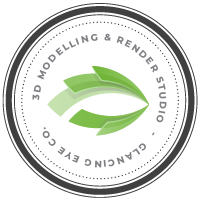Users react better to interactive 3D product presentations than to 2D images or videos
Increasingly, online sales are positively affected by the efficient use of emerging technologies. In this sense, the use of 3D product images for ecommerce represents a new way of transmitting the characteristics and competitive advantages of the references in a catalogue. In addition, it allows brands to generate a much more impactful and realistic shopping experience.
3D Product Images for Ecommerce: The Online Retail Revolution
Thanks to this visual resource, virtual store owners can show their products interactively; that is, users will have the option to zoom in, zoom out or rotate it to better appreciate its characteristics. In addition, 3D images stand out for having a high resolution.
Recent studies have shown that people react better to interactive 3D renderings than to two-dimensional images or videos. It is a more effective way to see how products are used, what materials they are made of and their possible compositions.
As we said at the beginning, 3D images are useful to improve the shopping experience of potential customers. But its use not only optimizes the degree of interaction that users of a virtual store have with a product, but also directly influences the increase in sales made in these spaces. And that’s because they can appreciate better the particularities of the merchandise, then people feel more motivated and confident when acquiring them.
What products can be viewed interactively in 3D?
Any type of merchandise can be visualized using 3D technology, regardless of its characteristics. Previously, there were limitations to represent some materials such as leather, silk or jewellry items, as well as black, shiny or transparent objects. However, nowadays, the 3D Modelling and Rendering processes generate hyper-realistic references that are almost indistinguishable from the original product.
.
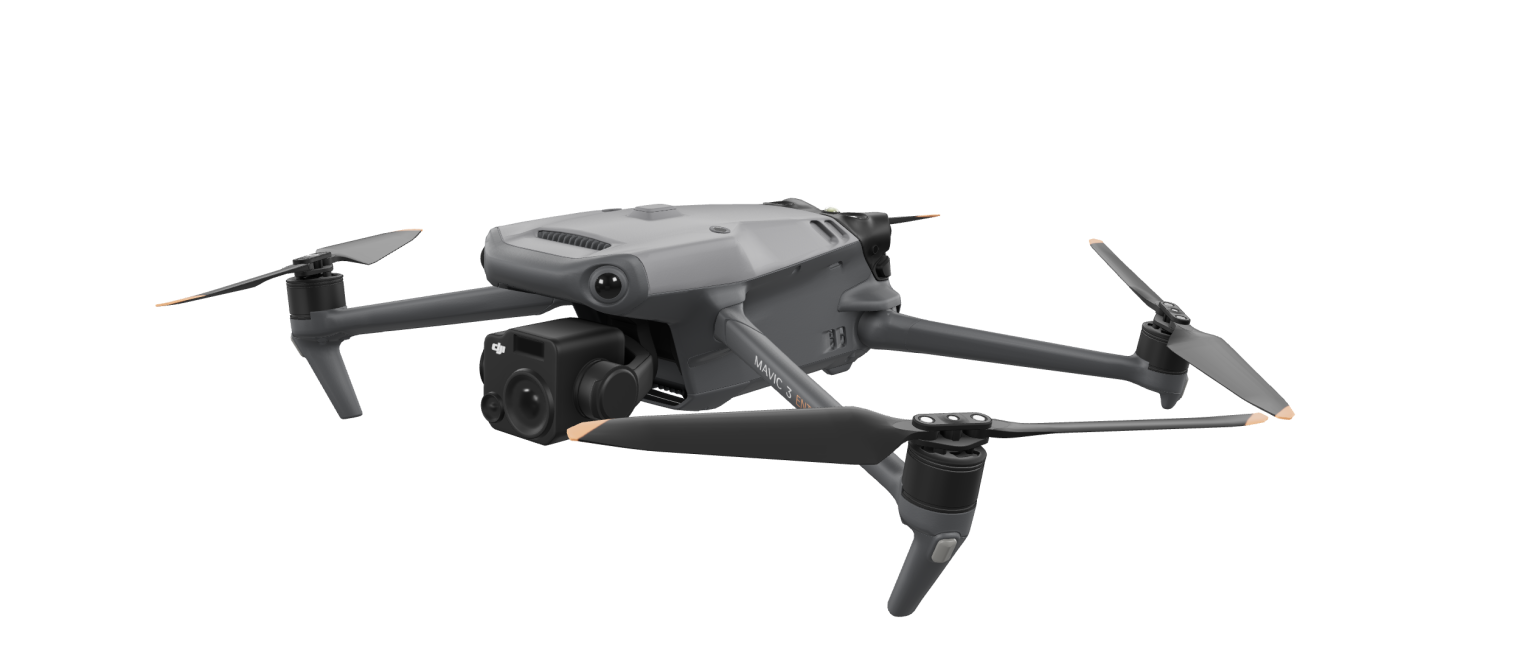
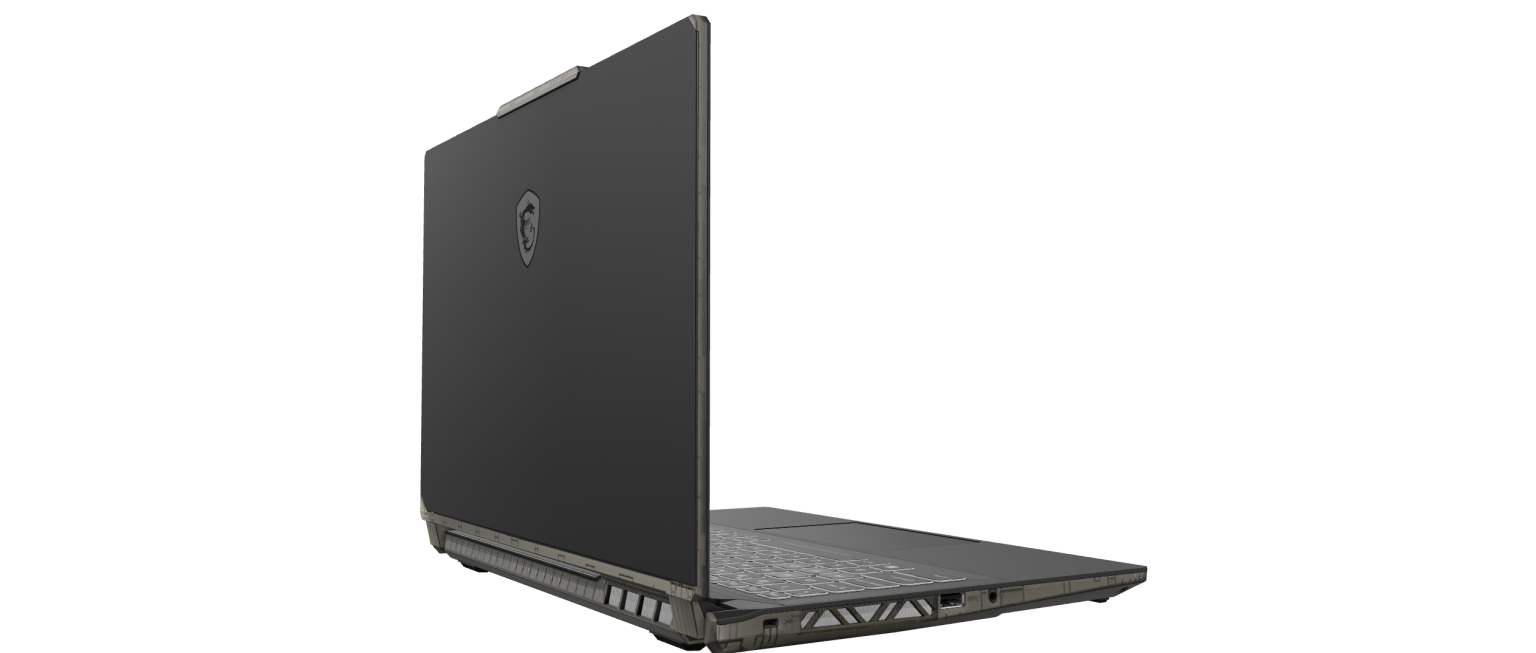
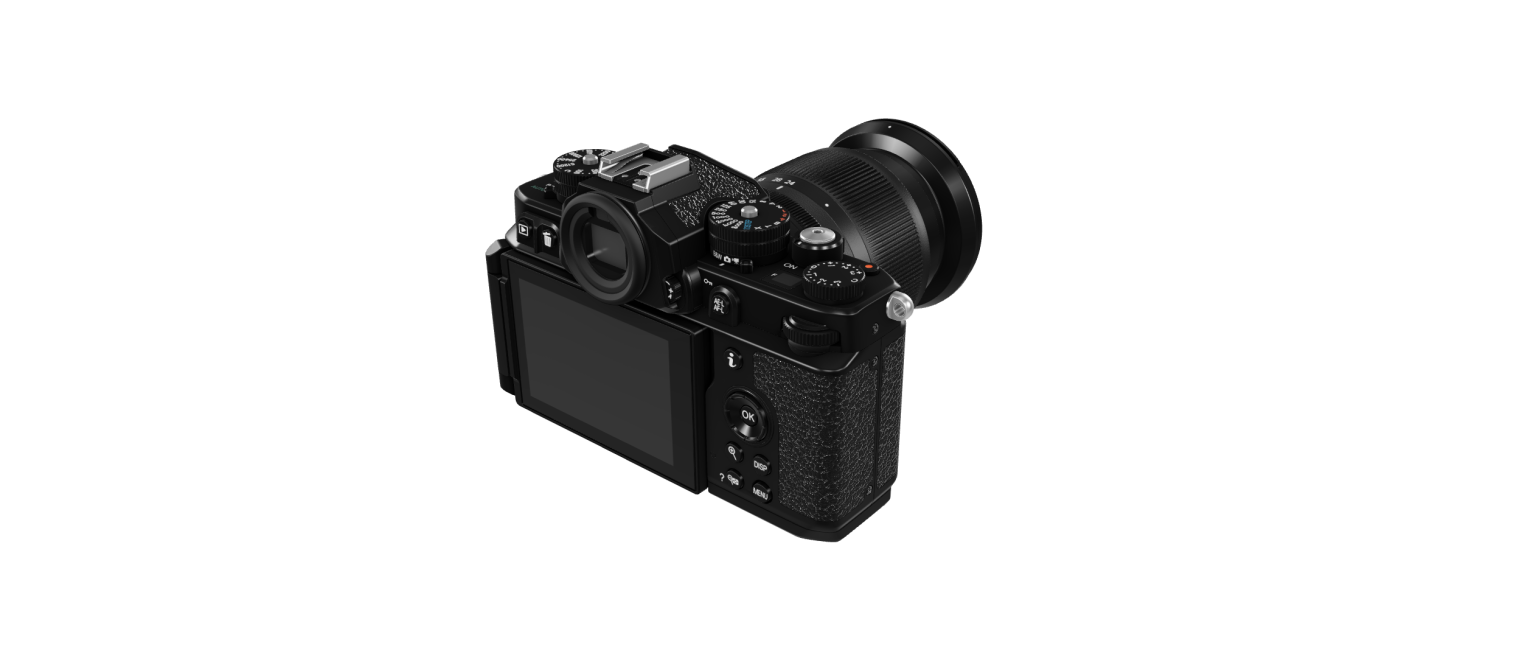
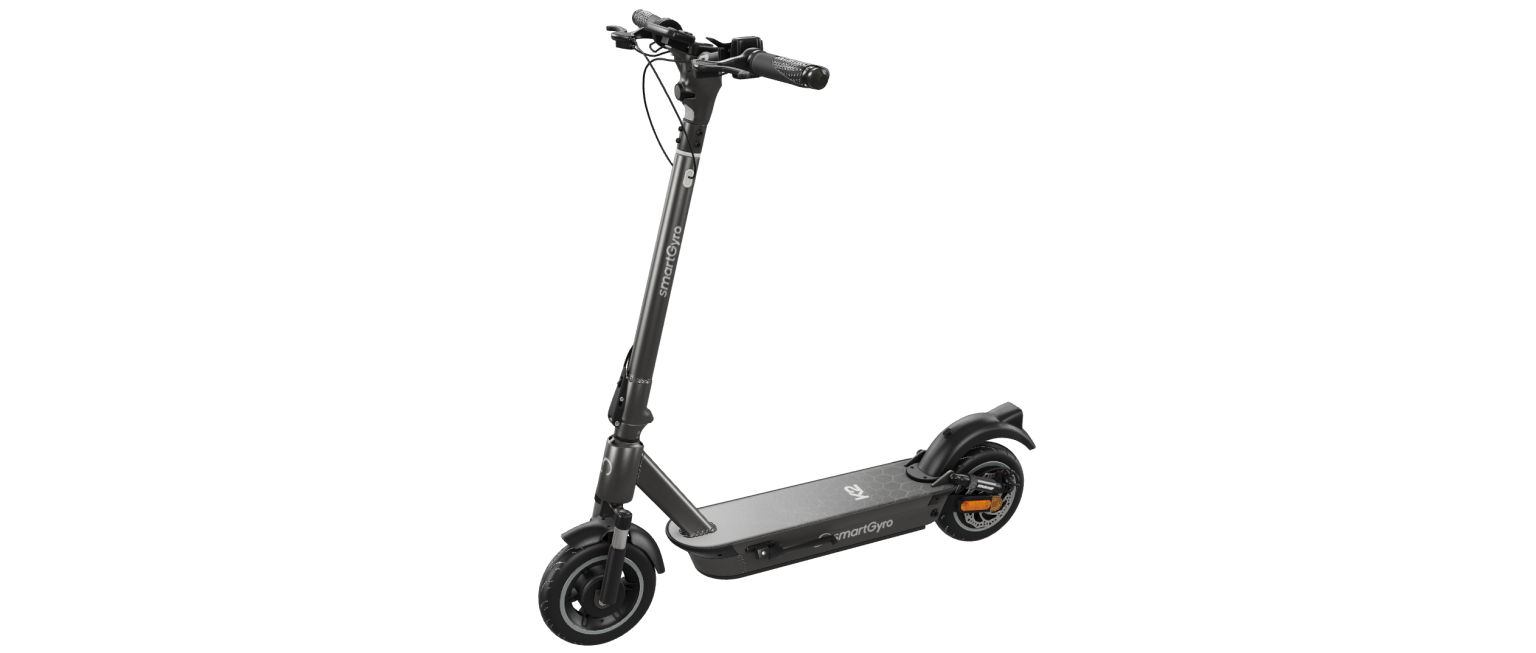
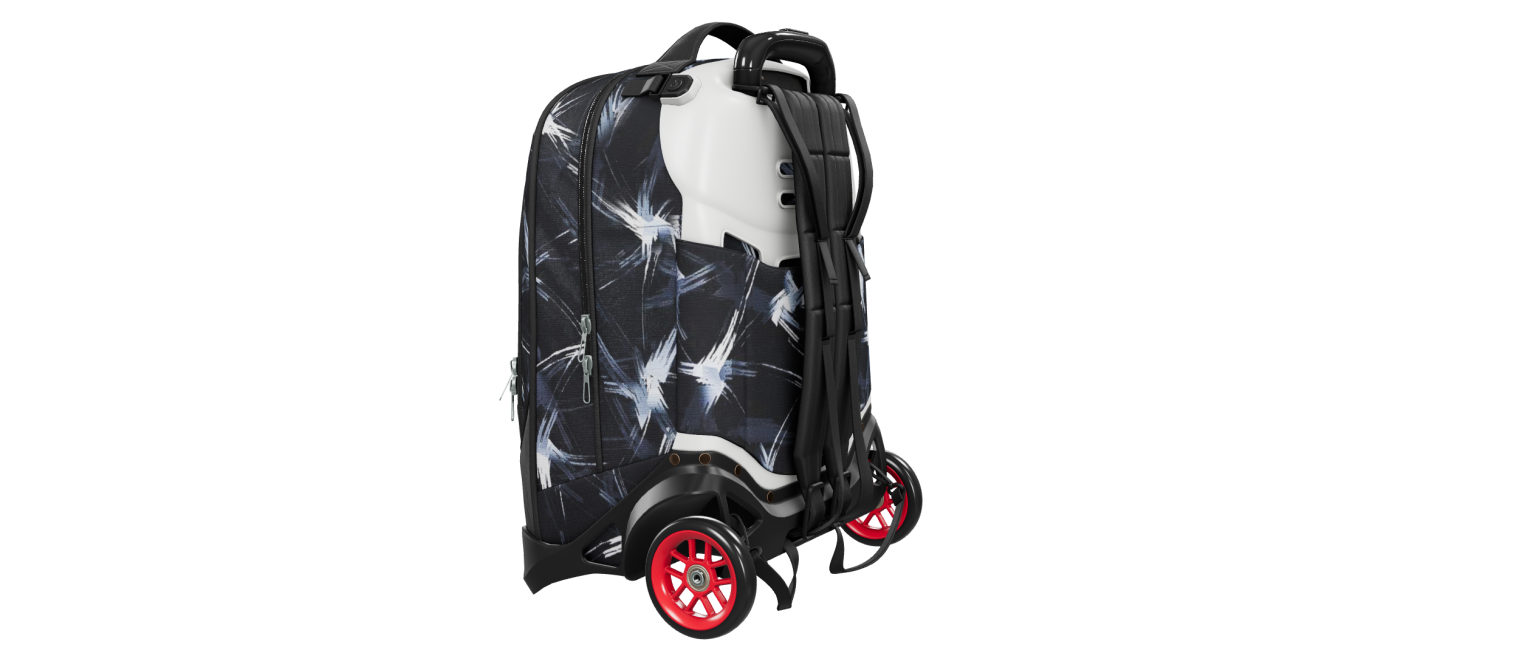
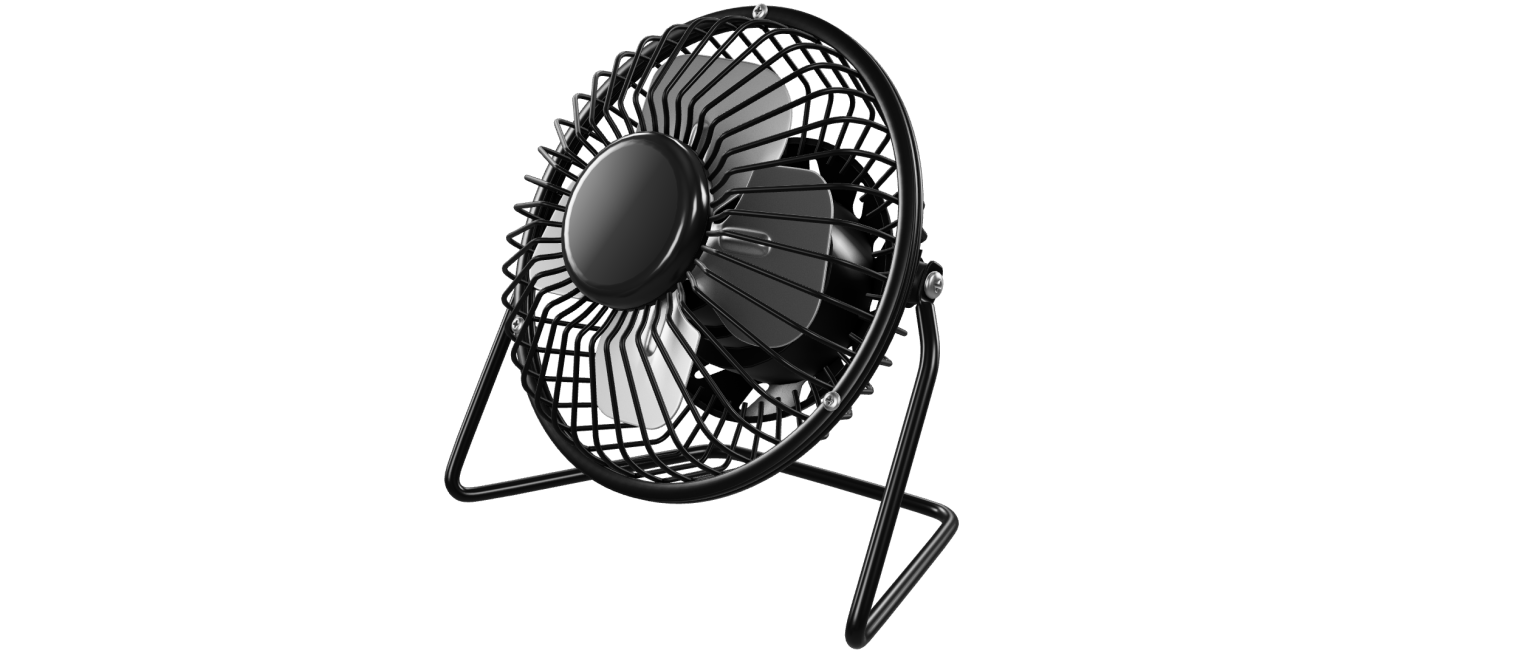
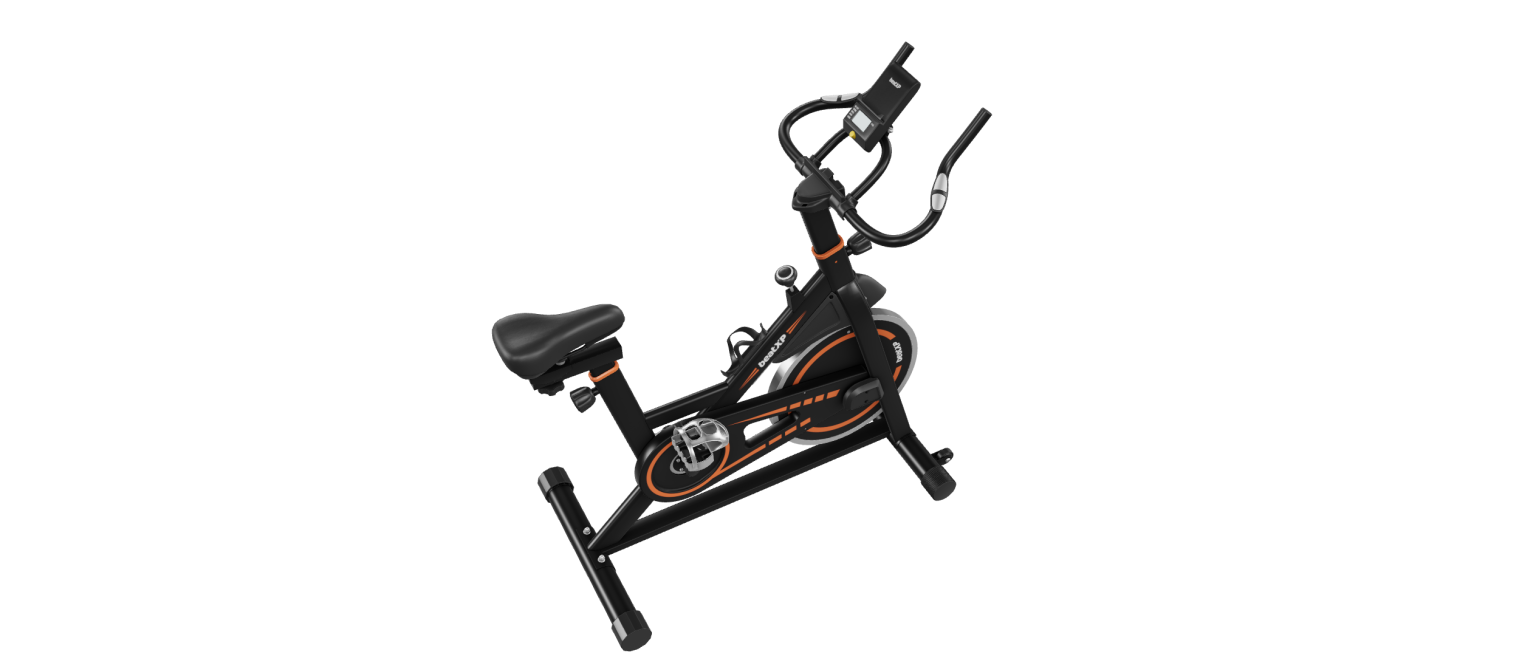
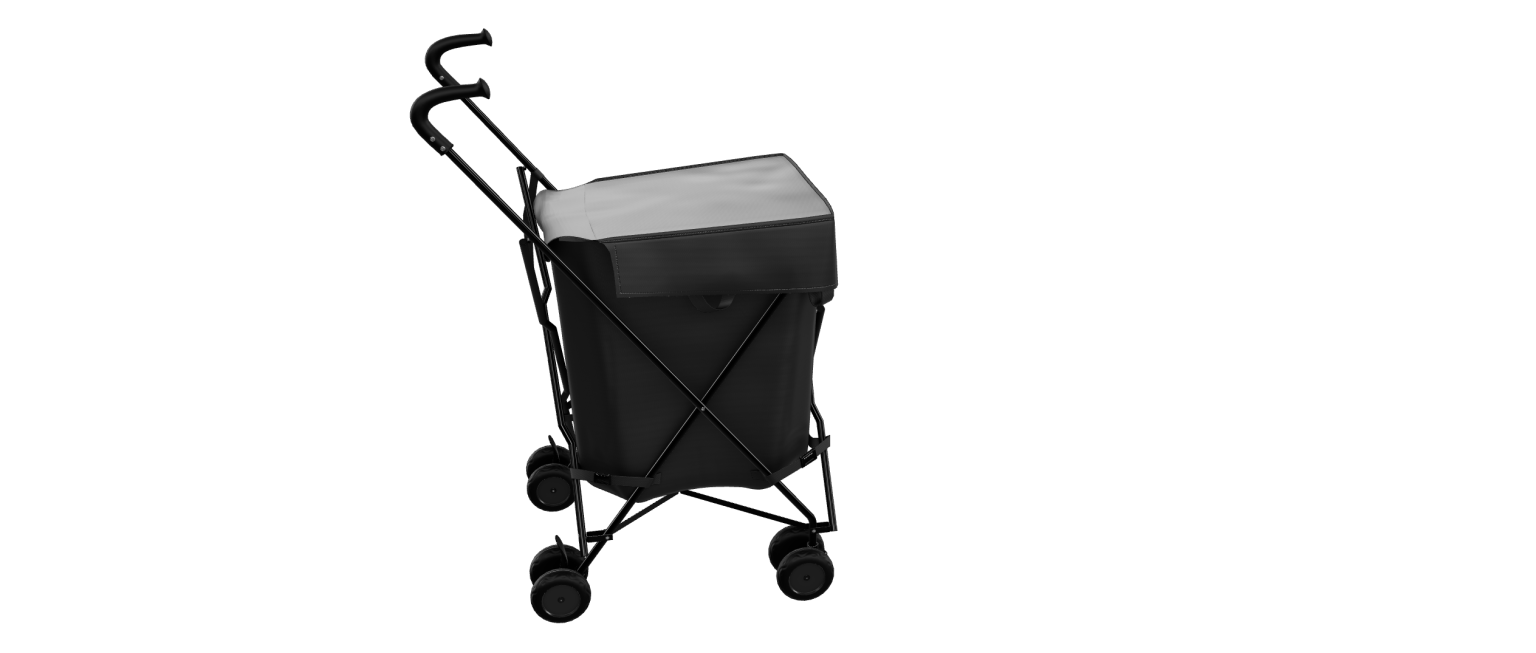

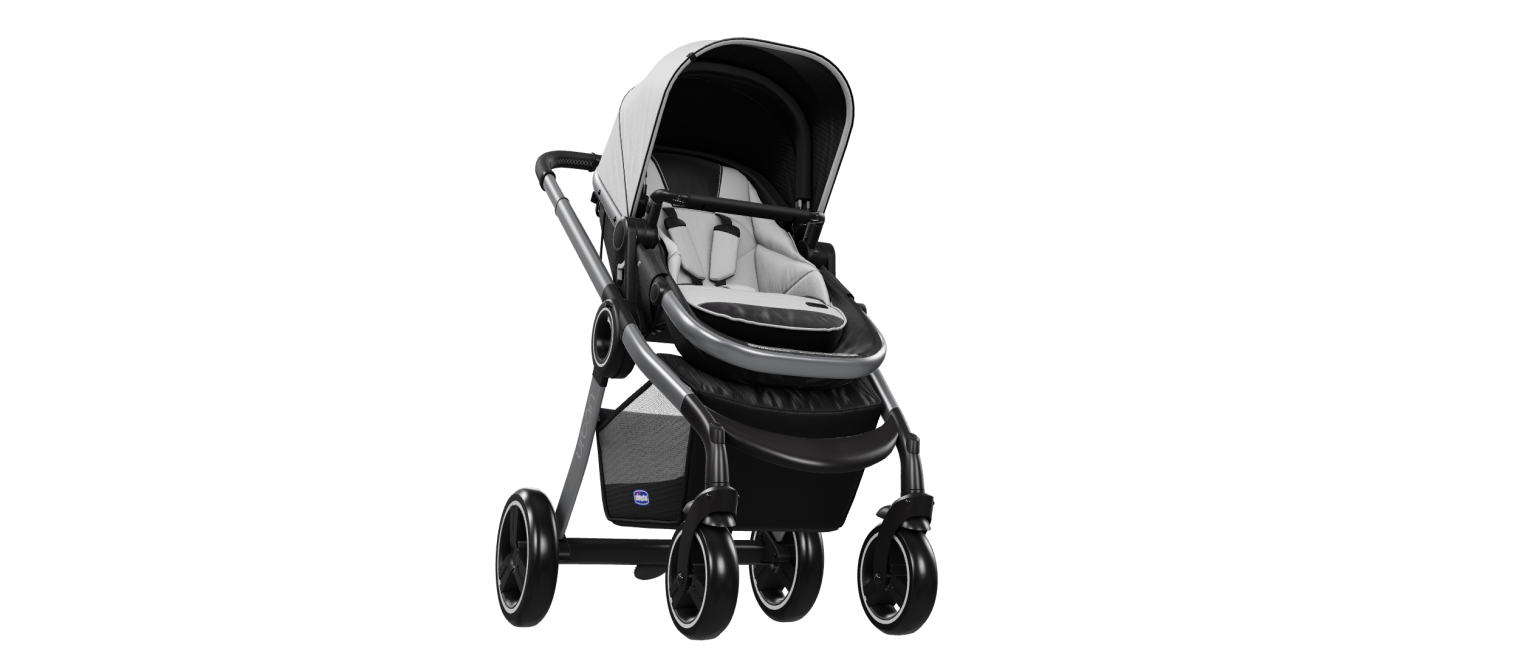
Companies that bet on 3D images to show their catalogues
Let’s see some organizations that have already fully incorporated this technology into their business process.
-
The TSUM success story
A real example of how favourable the use of 3D images is to promote products is the case of TSUM. When they began to use this technology in the sections of purses, bags and shoes, the business registered an increase of about 40% in its conversion rate.
In this first campaign, they converted more than 40,000 units from their catalogue to 3D, a real challenge that fully reflects their commitment to this new way of showing their products.
-
American Greetings
Another of the successful cases of using 3D product images to promote is the American Greetings company. It is a leading company in the market for greeting cards or electronic greetings or social expression.
Currently, American Greetings in addition to high-quality 2D photographs, it also promotes its products through interactive 3D presentations. Thus, users who access their ecommerce can experience the same emotions as when they hold a greeting card in their hands.
-
F3 Studio
F3 Studio is a European lingerie brand that has obtained excellent results through the use of 3D images. The inclusion of these resources in their sales methodology has allowed them to create representations that are very similar to the real products that they sell, even despite the large number of materials and types of fabrics with which they are made.
- Guérin Joaillerie
This premium jewellry brand, also located in Europe, shows its products, no matter how small, through excellent quality 3D images. Such is the case with its gem-encrusted rings, the details of which can be seen with total clarity. Nowadays, it is possible to represent all the details of jewels, including the brightness of the precious metal and the stones that make them up, as well as the details of any design, no matter how abstract or complex it may be.
Artificial Intelligence and 3D image analysis
The incorporation of Artificial Intelligence (AI) tools in data analysis is a reality that many companies are already taking advantage of. The benefits in the ecommerce field are unquestionable, especially in predictive terms.
Returning to our topic, the use of AI applied to the study of user interactions with 3D images available in digital spaces, gives us an analytical perspective which has never seen before.
This type of automated process offers us data that is very interesting to make more accurate future predictions and to optimize decision-making throughout the entire life cycle of the product. We can see from the time that a user spends interacting with a product, to the points that were most interesting to them, as well as the most requested viewing angles, this is high-value information that can help with new launches.
The AI also allows us to estimate the probability of purchase by users, which is determined taking into account the behaviour patterns for each one according to their interaction with ecommerce and its interactive products.
Advantages of using 3D product images
When 3D images are used to promote online products, potential customers receive a more accurate impression of the characteristics of the items which are interesting for them. This technology gives us the possibility of making interactive, flexible, reusable and easily adaptable designs for different audience segments.
The 3D Modelling allows to obtain precise, high quality designs that simulate with total realism the products of a catalogue. In this way, it is not necessary to develop a product and wait to obtain data that can be incorporated into the design phase. For example, the acceptance of a prototype can be measured before it is launched in mass production. Different marketing tests or early estimates can also be done to improve promotional campaigns.
In conclusion, the use of 3D product images will be a standard in the future. Many brands are already taking advantage of this technology, which they have assimilated as a competitive advantage that differentiates them from the rest. On the other hand, by providing a much more impactful and realistic shopping experience, they enjoy higher conversion rates.
